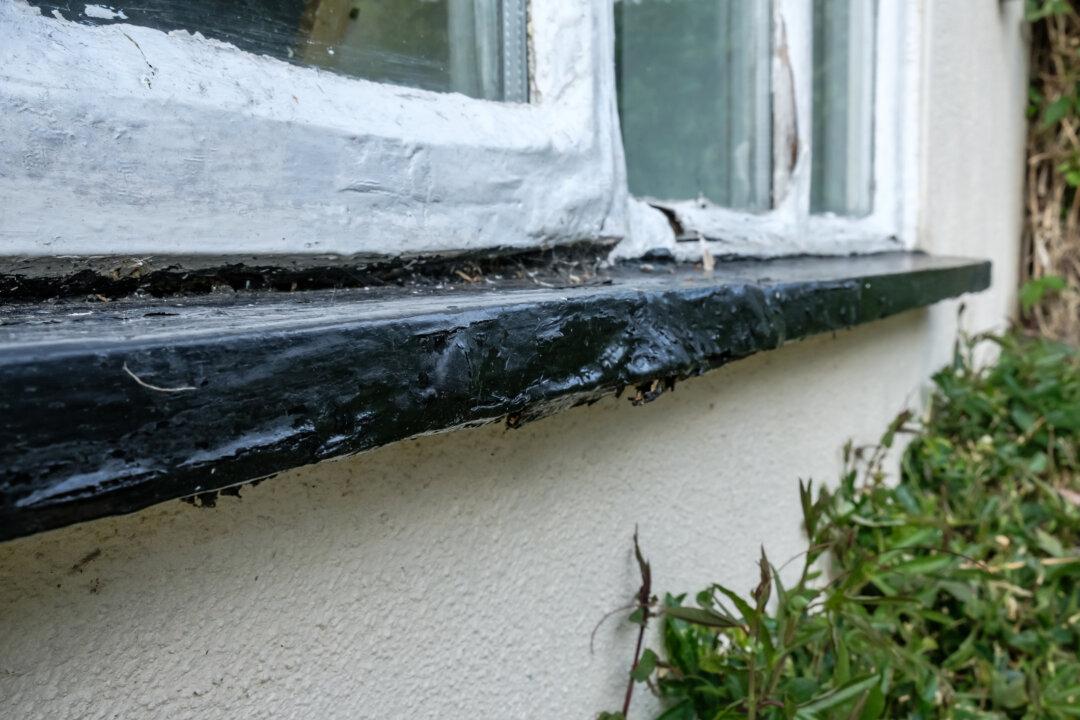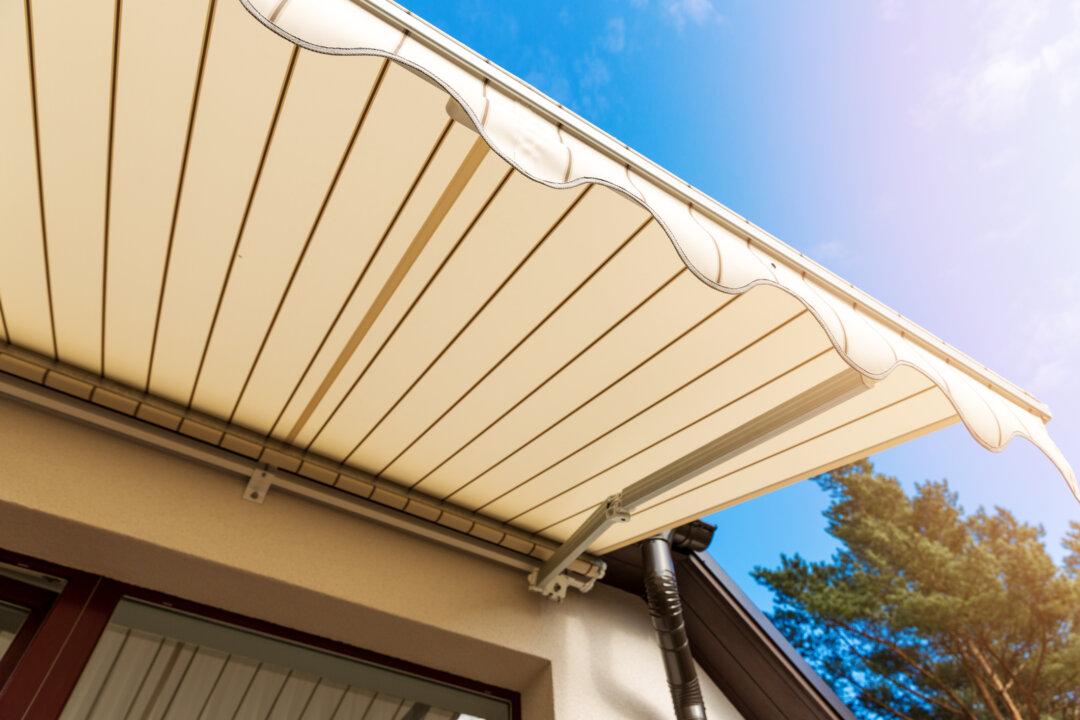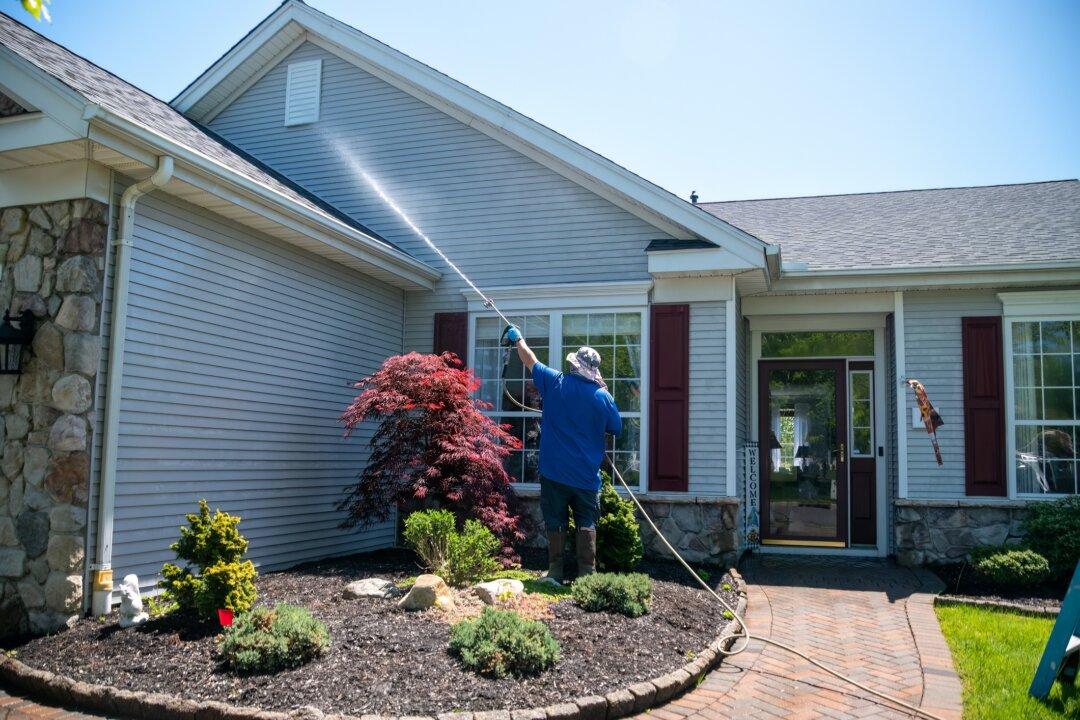Quarry tile is a popular flooring material for a lot of reasons. It’s used in public bathrooms, commercial kitchens, and many high traffic areas like an entryway, because it’s a long-lasting, durable surface. It’s non-slippery, it’s easy to clean, and it withstands years of abuse. The unglazed ceramic tiles are usually made from natural clay or shale, and they are available in natural earth tones. They come in many sizes, but the most popular are square and 1/2 or 3/4 inch thick.
To install a 10-foot-by-15-foot quarry tile floor, a tiling contractor will charge $1,841, which includes the labor and material. An experienced do-it-yourselfer with tiling tools can do the job for $770, the cost of the materials, and save 58 percent. The savings are well-earned because this is a job that takes considerable time, not to mention a large outlay for the materials. A breakdown of the job includes several phases: preparing the floor, installing a cement backboard as a sound and level base, laying out the placement of tiles, then cutting and installing them over a bed of thin-set mortar with spacers for proper alignment, and finally grouting and sealing.





